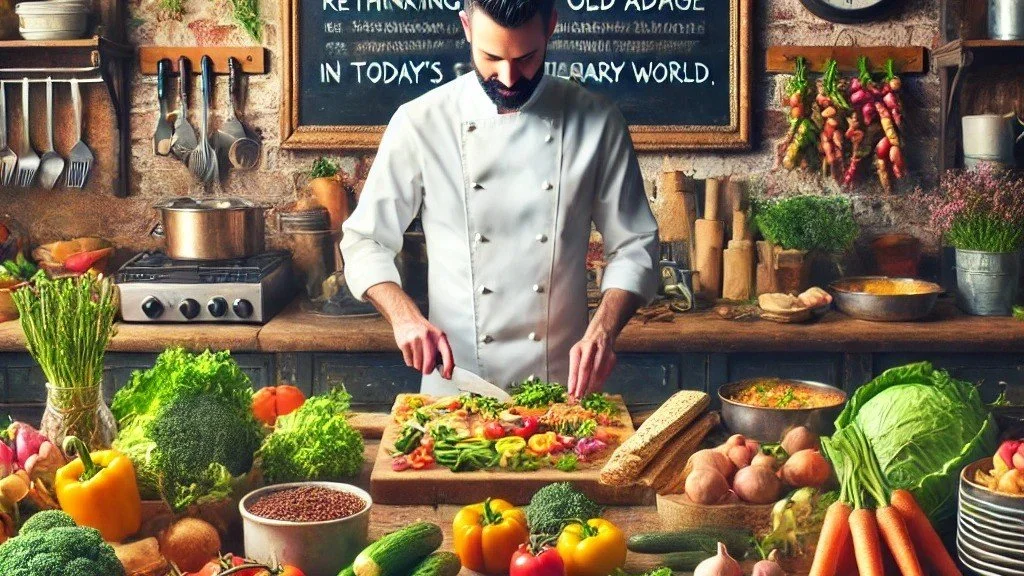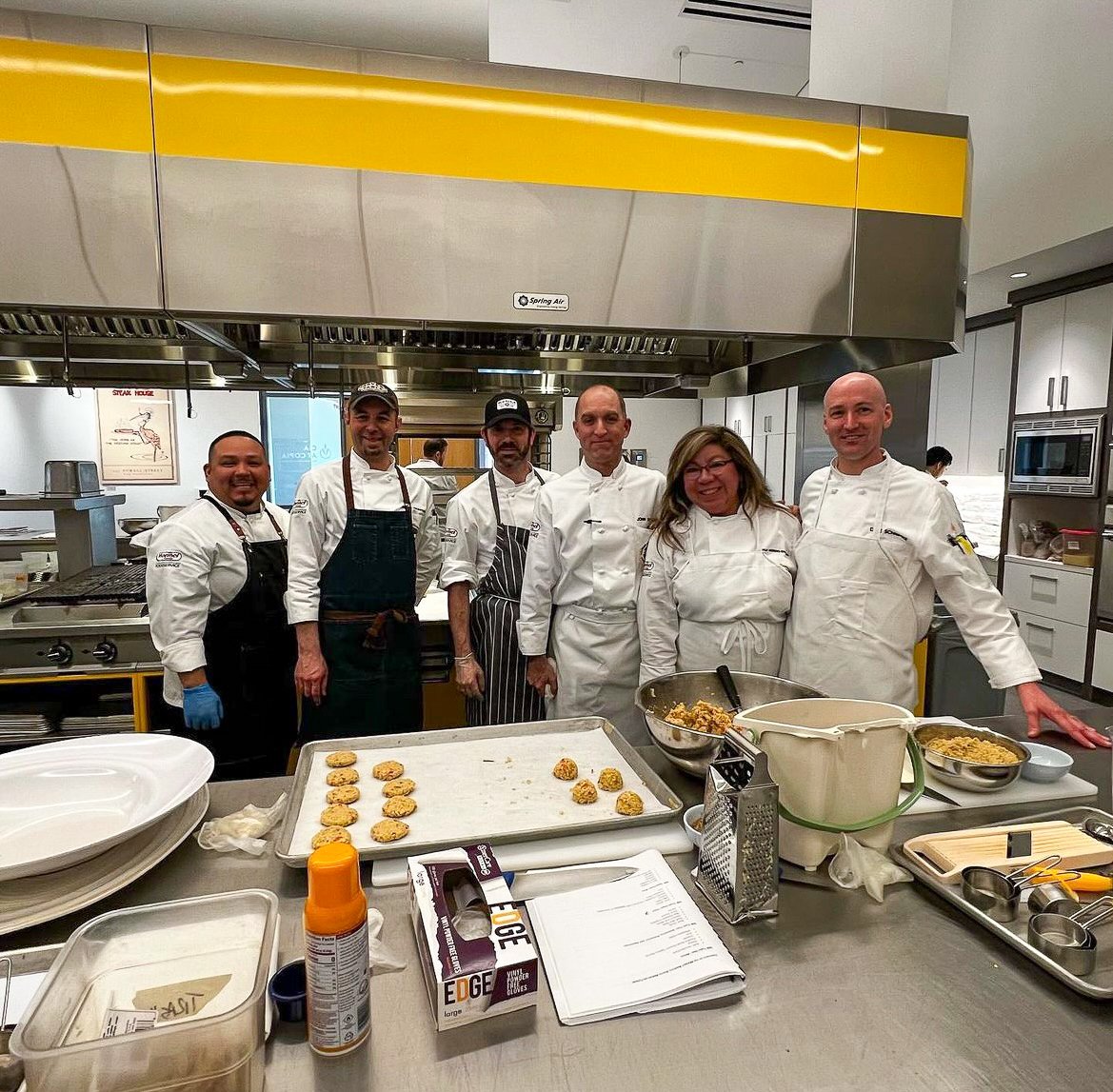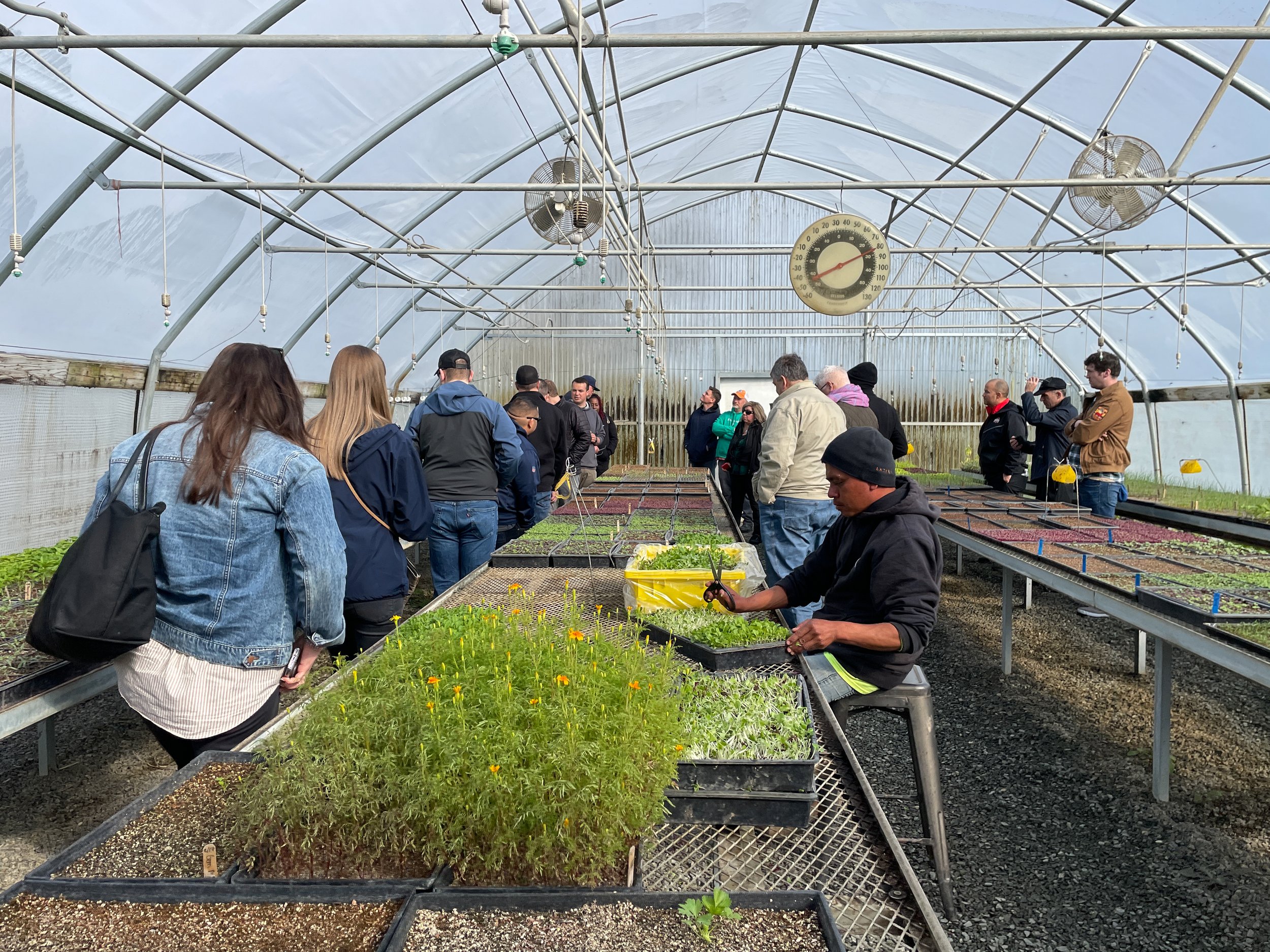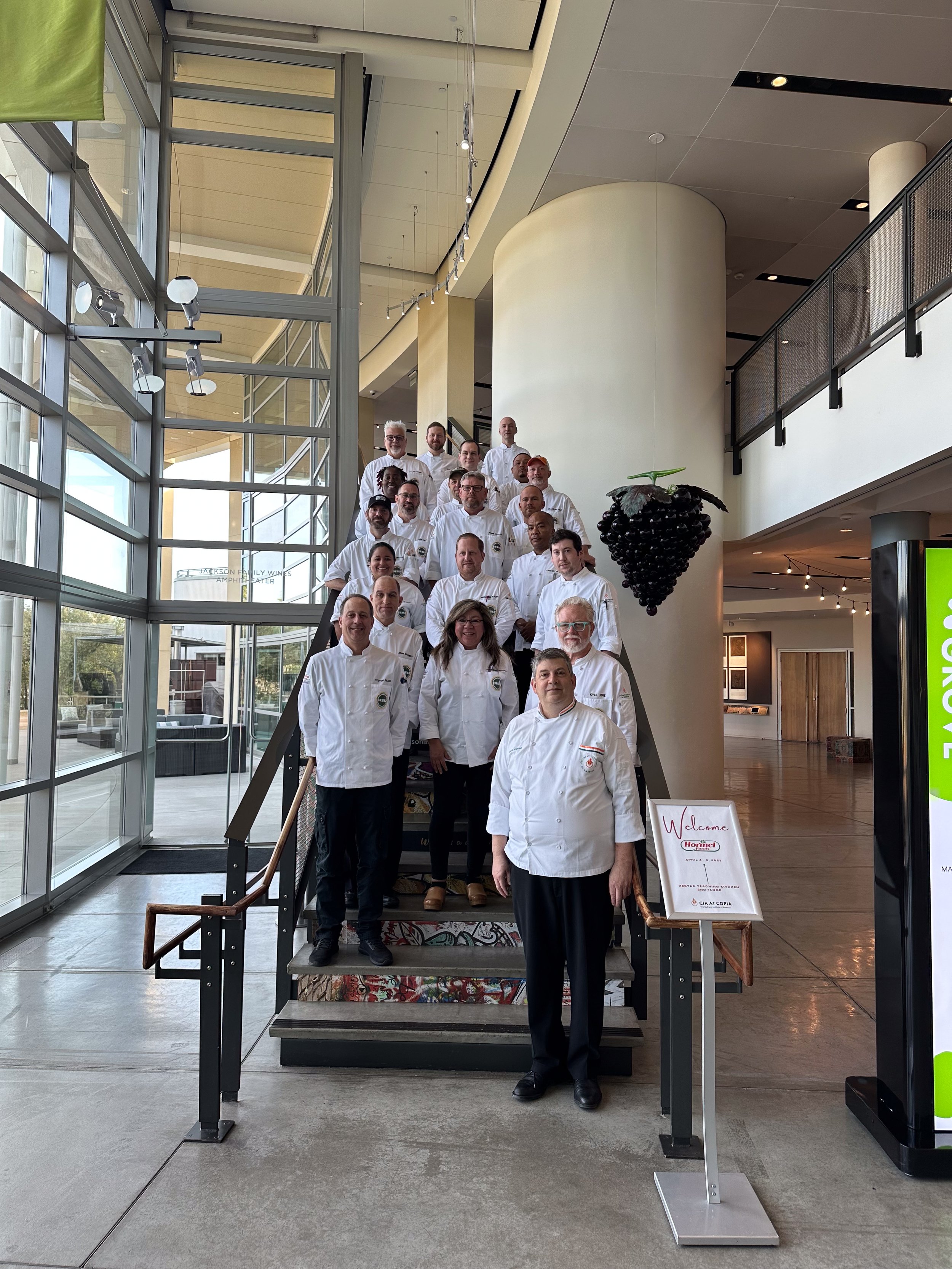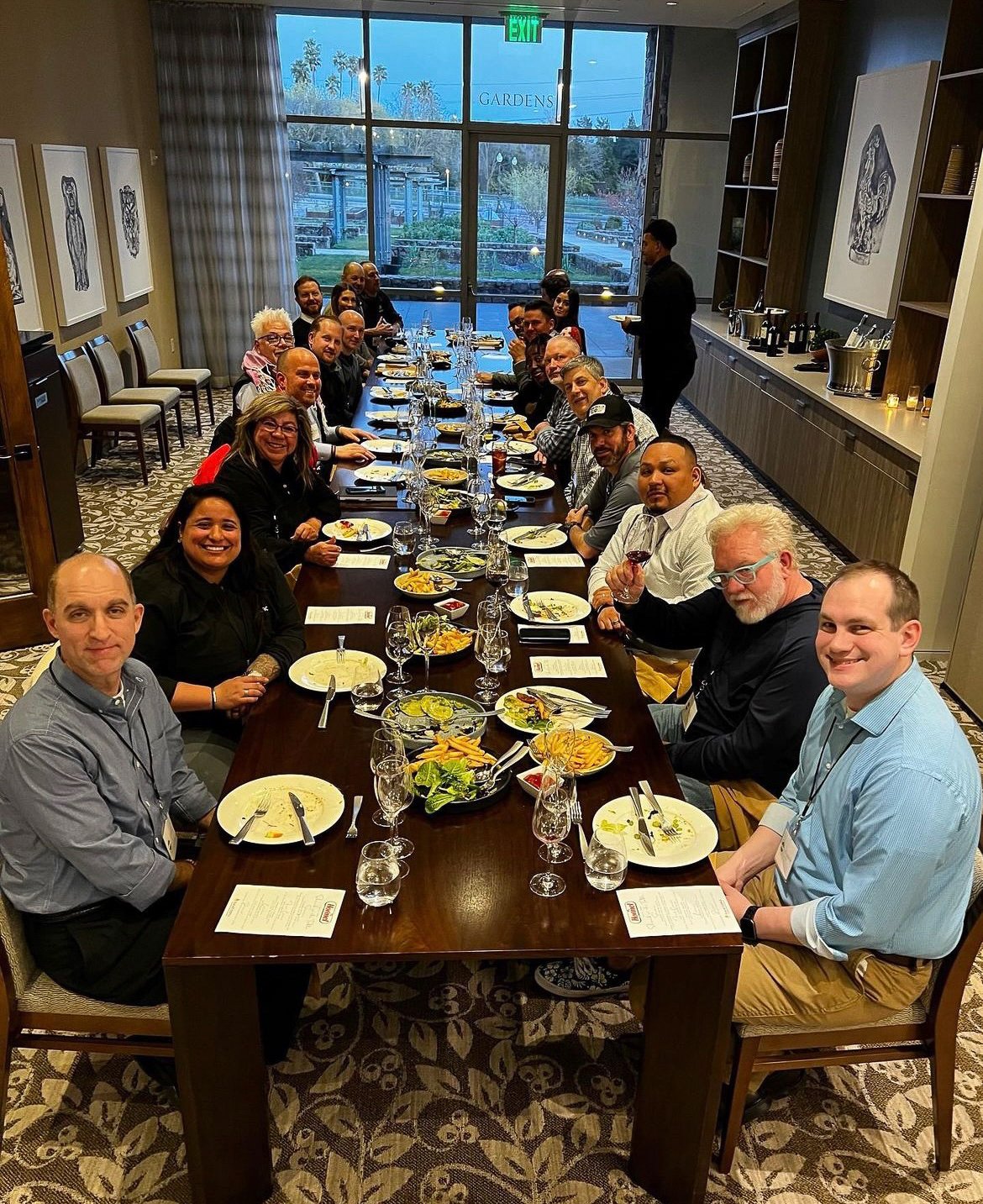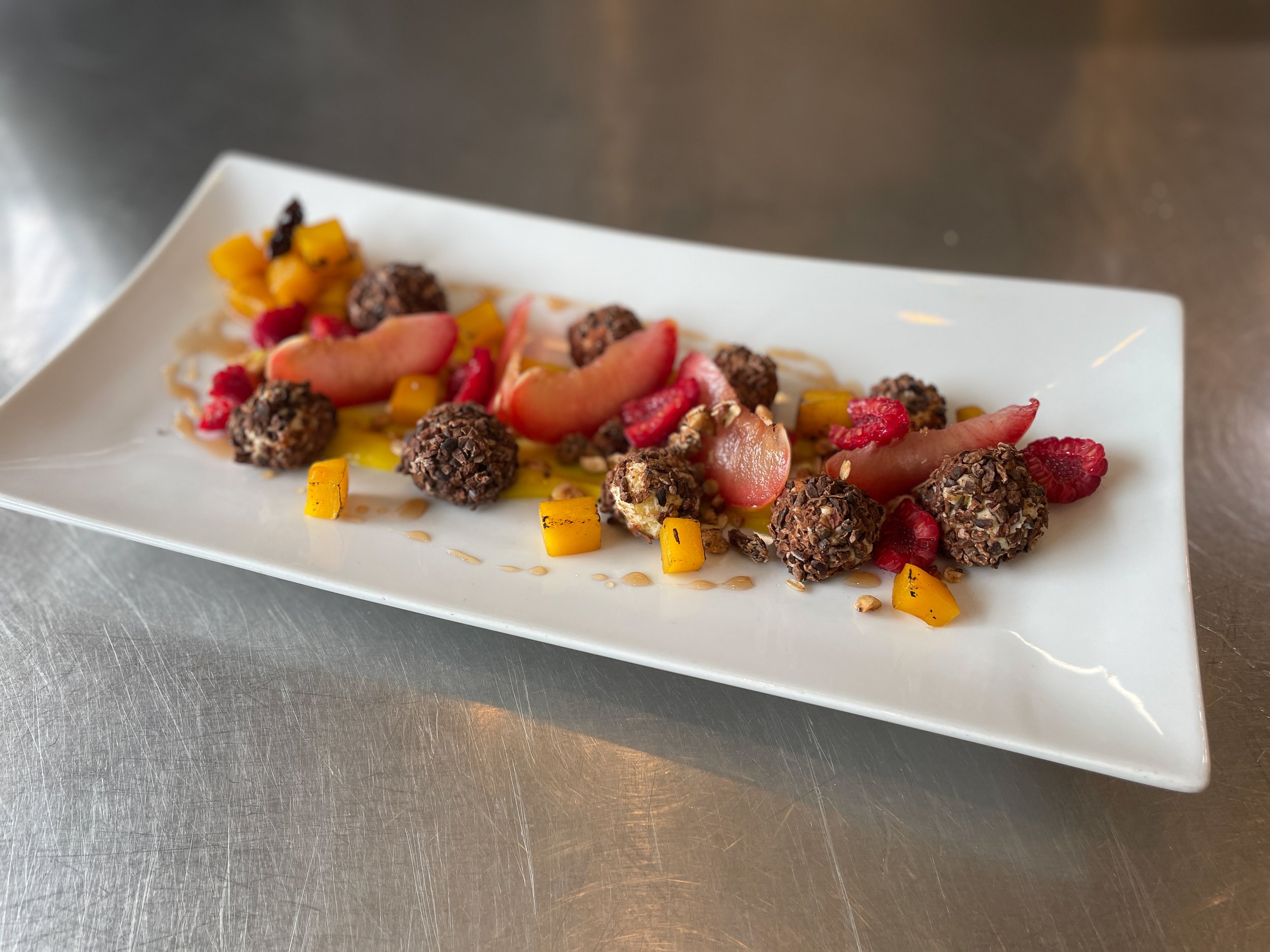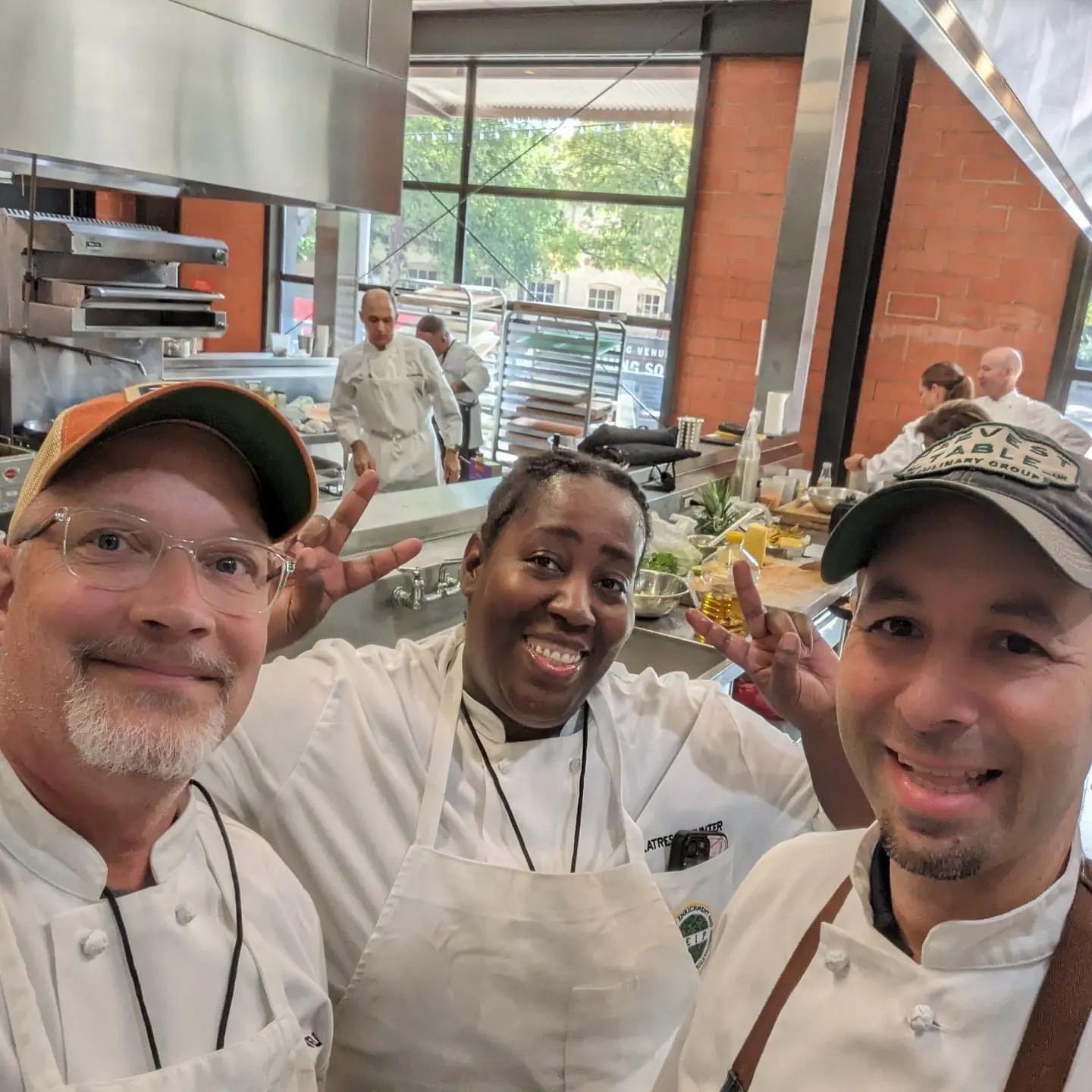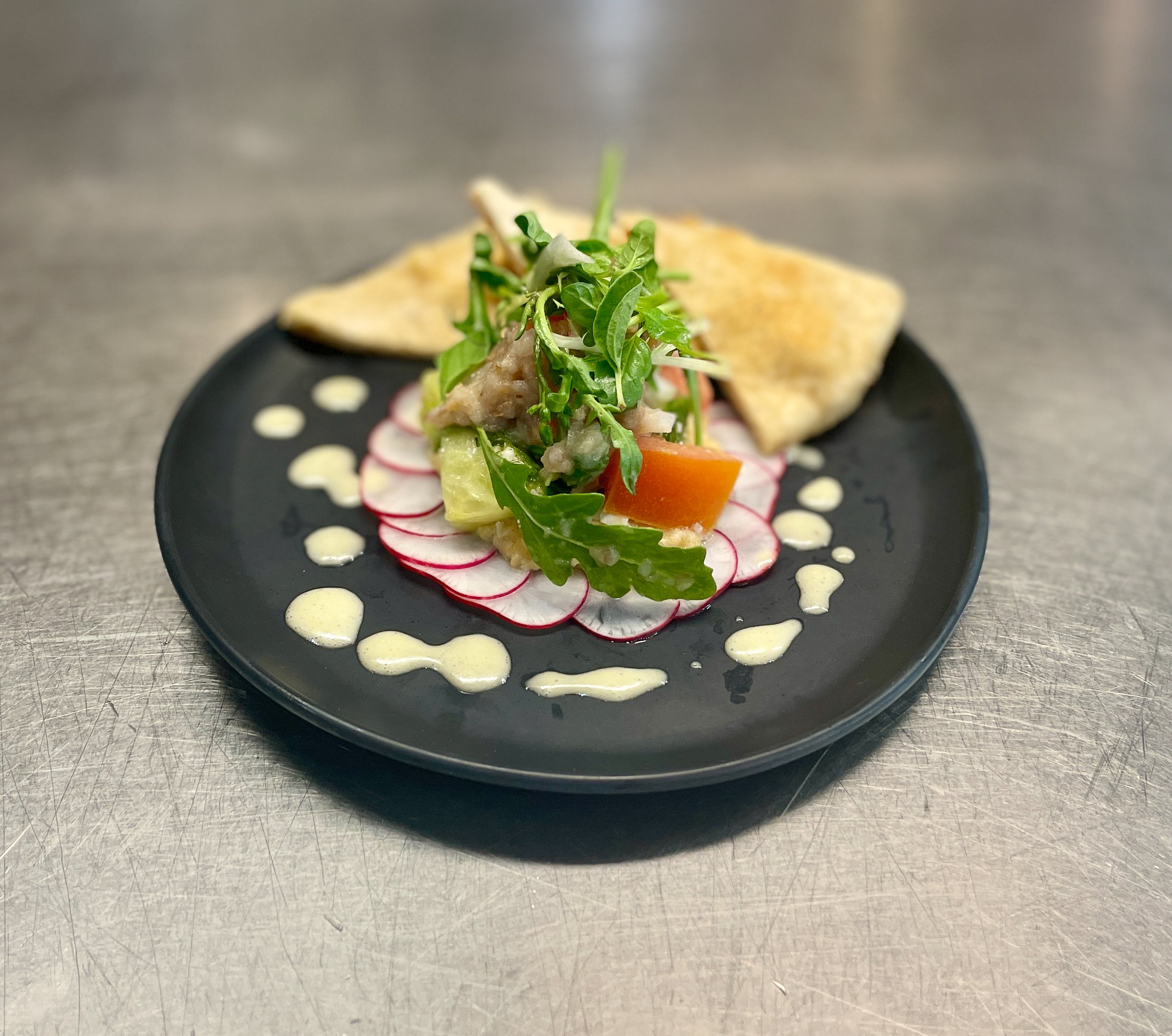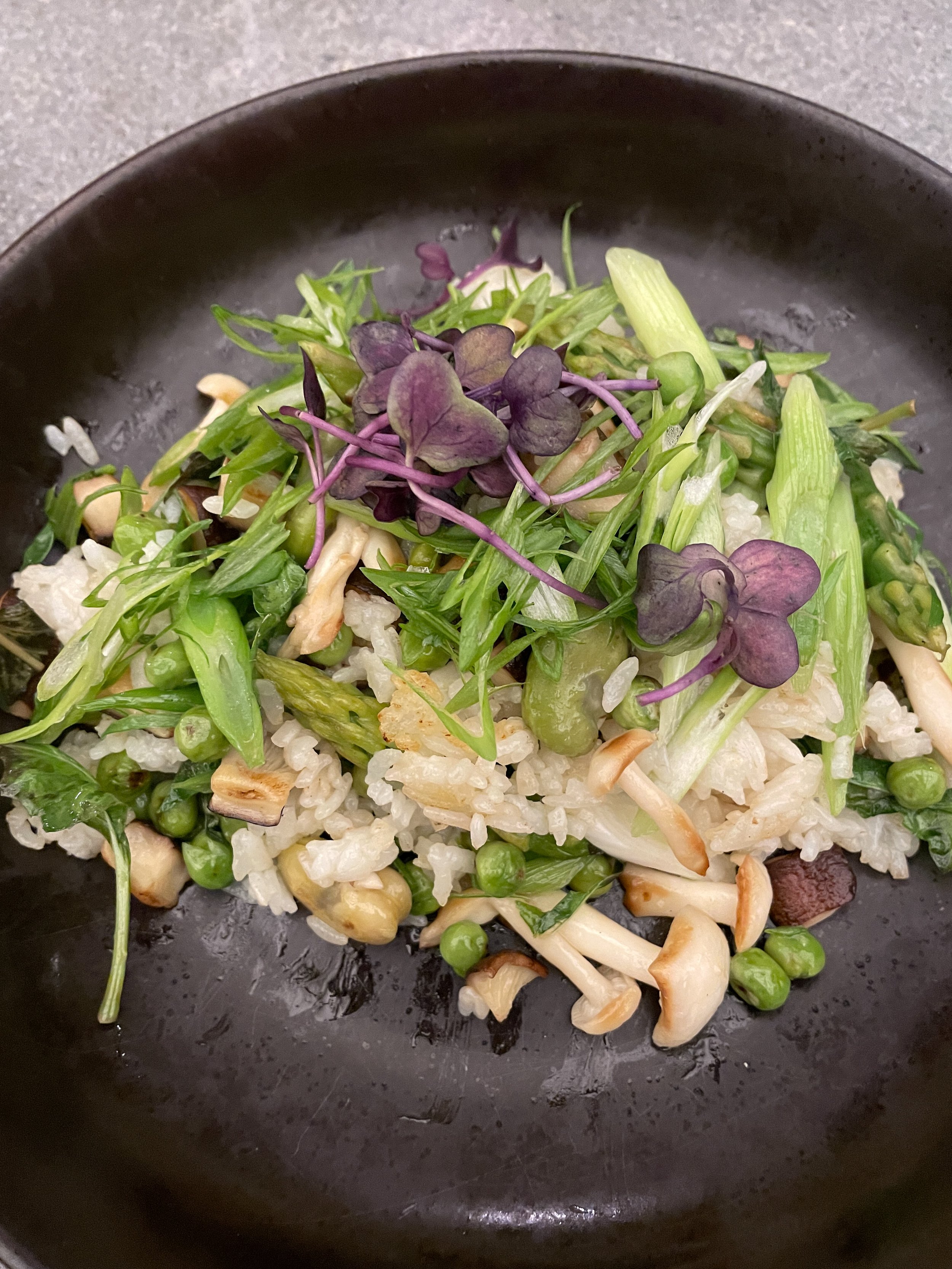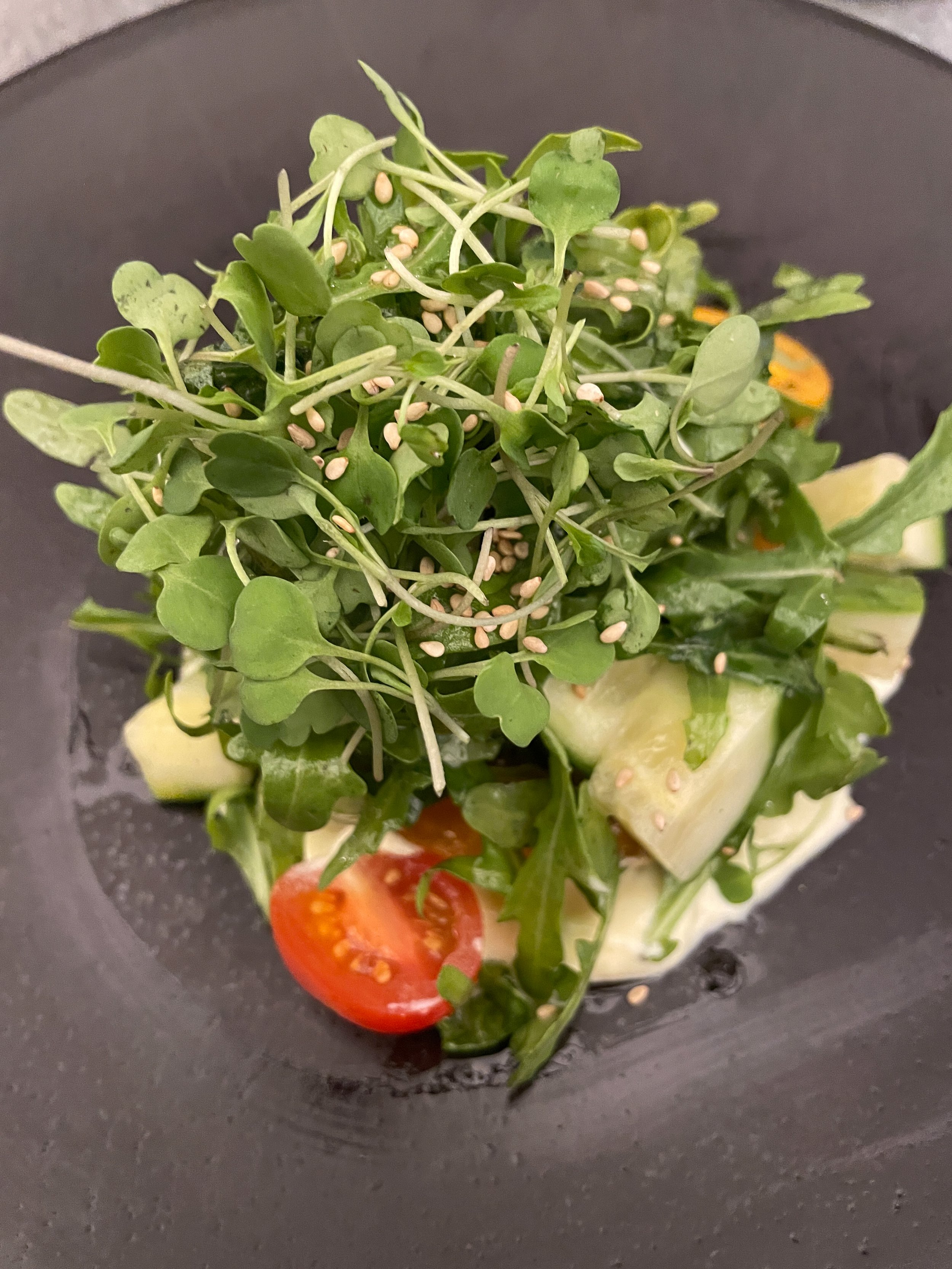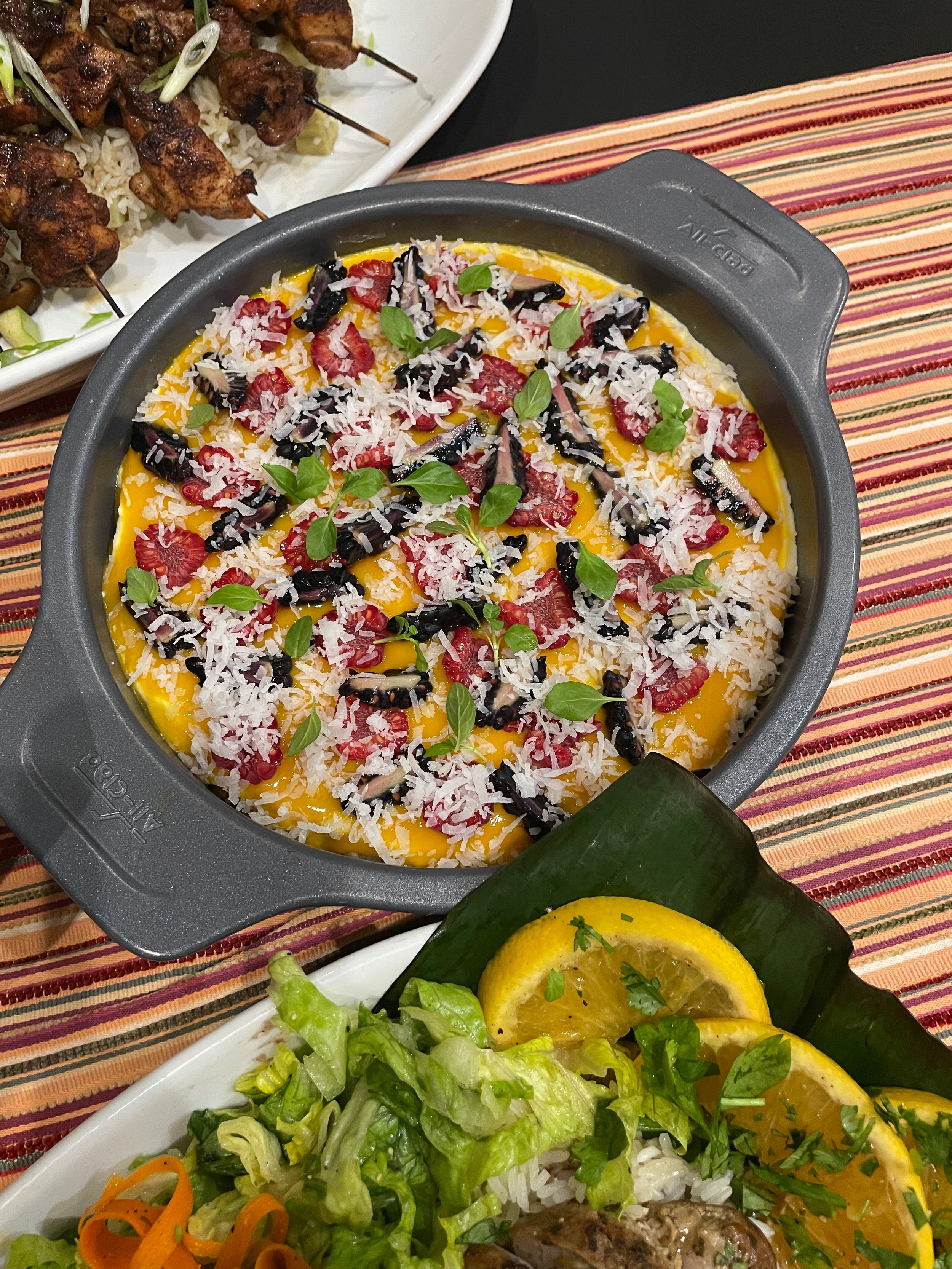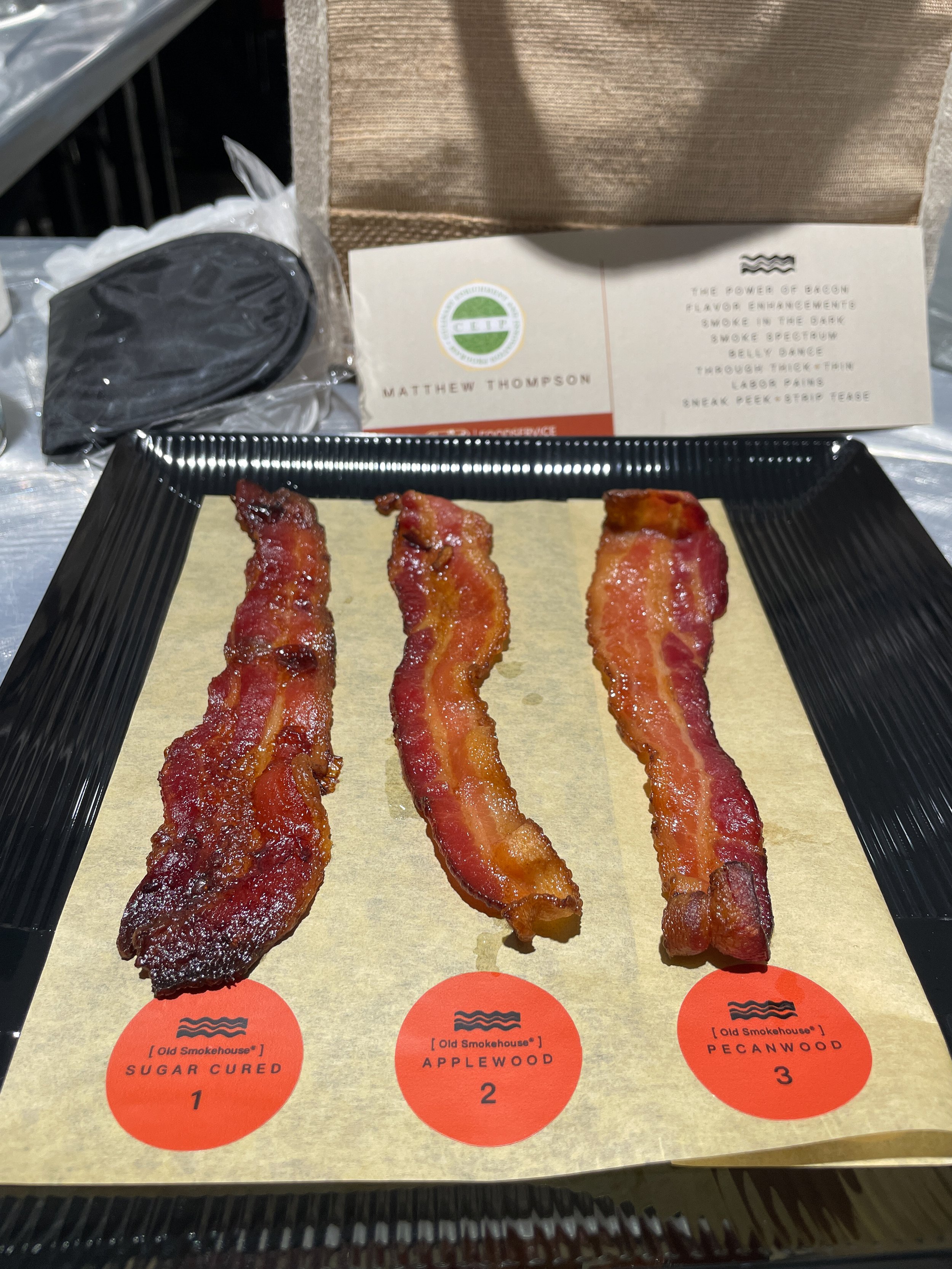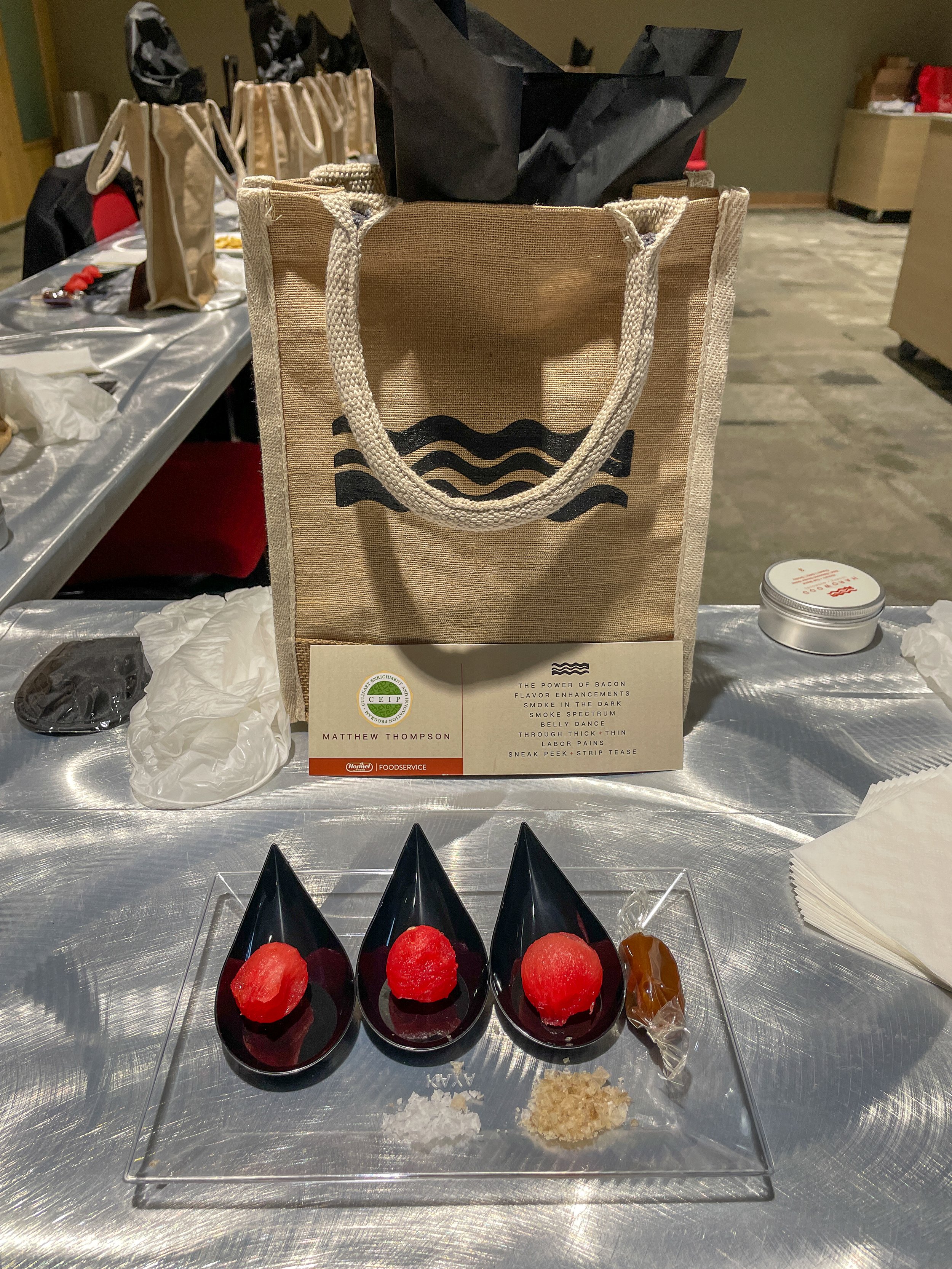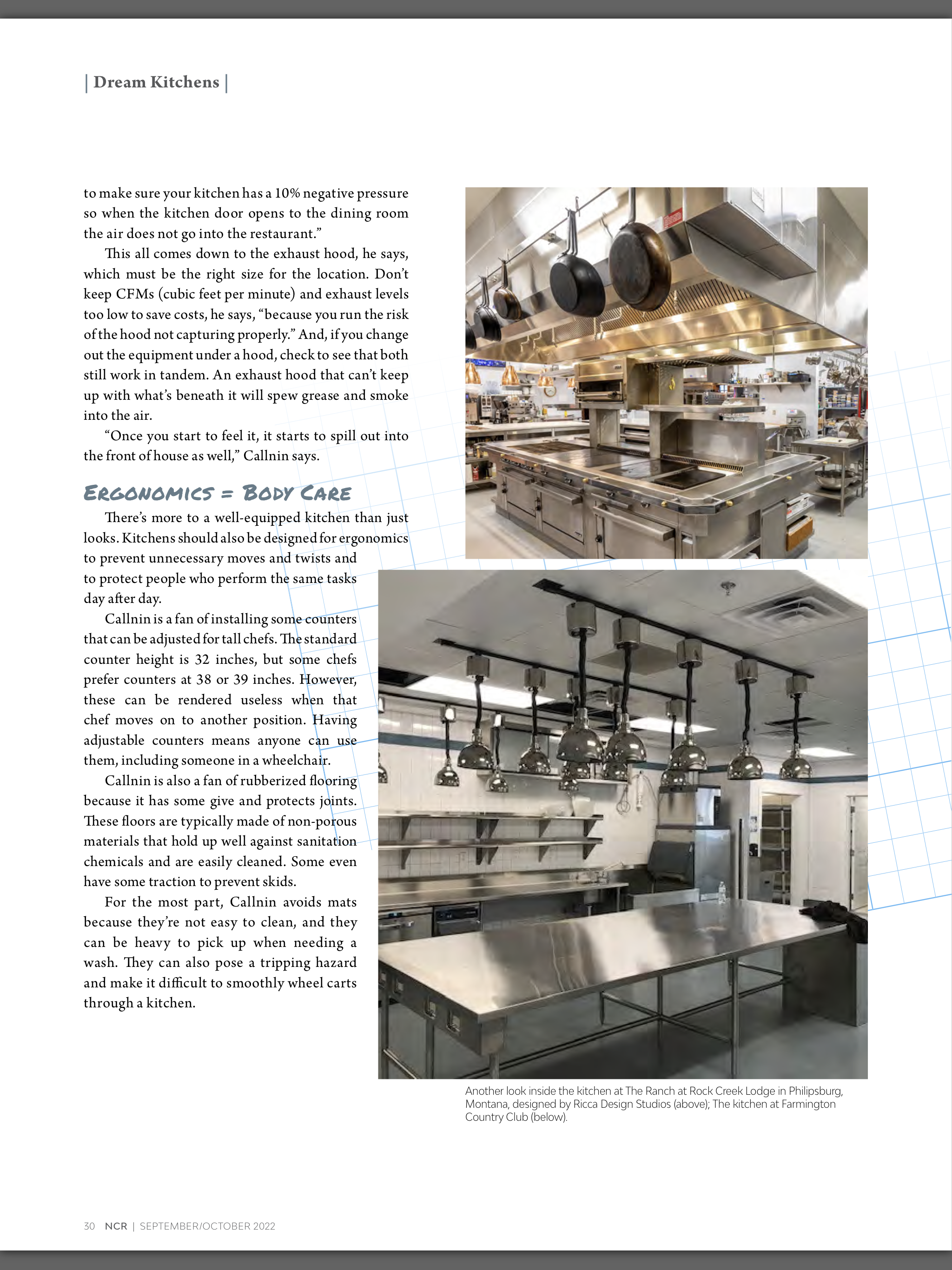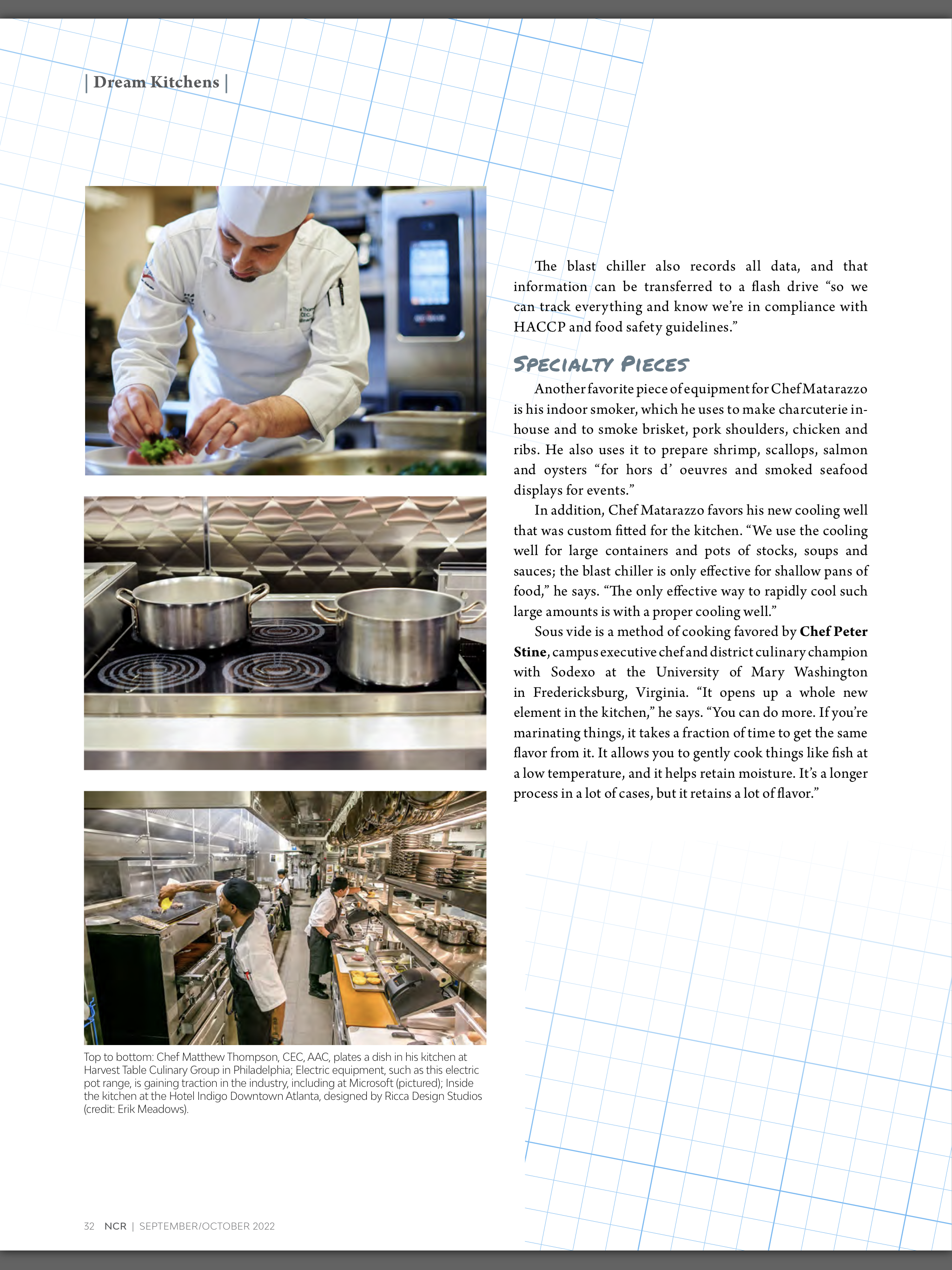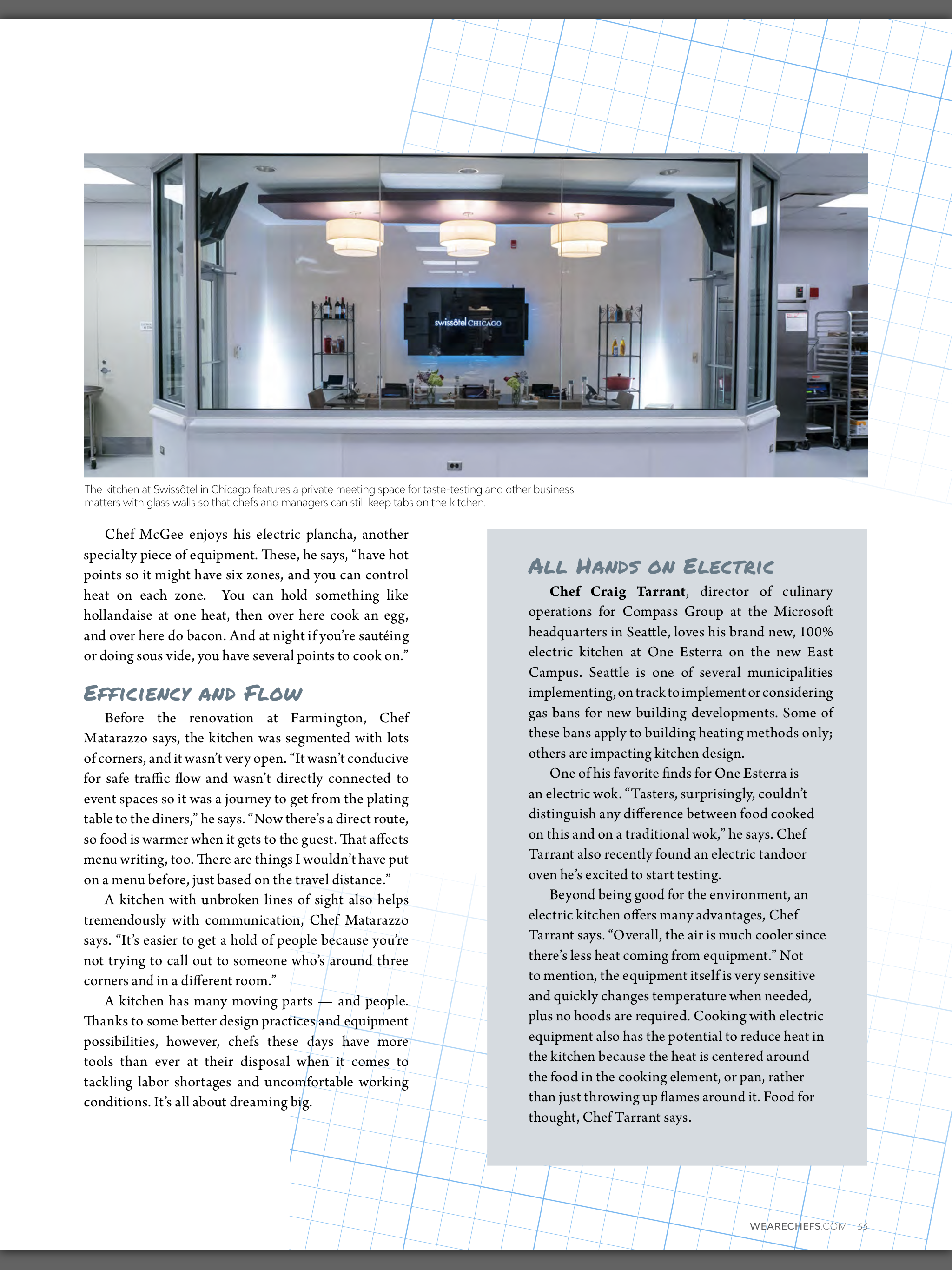Transforming Thanksgiving Traditions:
Honoring Indigenous Culture and Embracing Inclusion
Thanksgiving is often seen as a day for gathering with loved ones to express gratitude, indulge in hearty meals, and reflect on the year's blessings. However, the history behind this holiday is deeply intertwined with colonialism, displacement, and the erasure of Indigenous peoples’ cultures and contributions. As we approach Thanksgiving, it’s vital to recognize the complex history behind the celebration and seek ways to honor the Indigenous communities whose land and traditions are often overlooked during this time.
Colonialism and Its Effects on Indigenous Peoples
Colonialism has left a profound and enduring impact on Indigenous communities in the United States. The arrival of European settlers initiated a cascade of events that disrupted the social, cultural, and environmental balance maintained by Native tribes for thousands of years. Through land dispossession, forced relocation, cultural assimilation policies, and outright violence, colonialism sought to marginalize and erase Indigenous identities.
The introduction of diseases like smallpox and measles decimated Indigenous populations, as they lacked immunity to these foreign illnesses. Land theft through policies such as the Indian Removal Act of 1830, which led to the Trail of Tears, uprooted tribes from their ancestral homelands, severing spiritual and cultural ties to the land. Assimilation policies such as boarding schools sought to eradicate Indigenous languages, traditions, and belief systems, often through coercive and abusive means.
The legacy of colonialism persists in systemic inequities faced by Native communities, including high rates of poverty, limited access to healthcare and education, and challenges in reclaiming sovereignty and land rights. Indigenous peoples have shown remarkable resilience despite these hardships, preserving and revitalizing their cultures, languages, and traditions.
Understanding the Role of Colonialism in Our Food System
The Thanksgiving story traditionally told in schools and media perpetuates a myth of harmonious relationships between settlers and Native peoples. In reality, colonialism led to the forced removal of Indigenous communities from their lands, the suppression of their traditions, and the exploitation of natural resources. These historical injustices have had lasting impacts on food sovereignty, with many Indigenous communities losing access to traditional foods, farming methods, and sacred practices.
Today, much of our industrialized food system reflects colonialism's values: monoculture farming, labor exploitation, and environmental degradation. However, Indigenous peoples have long been stewards of sustainable and regenerative agriculture. These practices have been marginalized but are vital to creating a more equitable and environmentally sound food system.
Thanksgiving: Prevailing Traditions and Their Historical Context
As widely celebrated in the United States, Thanksgiving has evolved into a holiday centered on family, gratitude, and abundance. The narrative often presented in schools and media romanticizes a harmonious feast between Pilgrims and Native Americans, specifically the Wampanoag people, in 1621. This oversimplified and sanitized story overlooks the complex and often violent history of colonization.
For the Wampanoag and other tribes, the early interactions with settlers were marked by mutual aid and diplomacy. However, these relationships were short-lived, as settlers expanded their territories and brought devastating consequences to Indigenous peoples. The traditional Thanksgiving narrative does not address these historical realities, nor does it reflect the experiences of Native Americans whose lands were colonized and cultures suppressed.
Today, many Native communities observe Thanksgiving as a National Day of Mourning to honor their ancestors and acknowledge Indigenous peoples' ongoing struggles. This day serves as a counternarrative to the mainstream holiday, providing a space for reflection and advocacy.
Transforming Thanksgiving Traditions
To honor the Indigenous cultures that have been overlooked and undervalued in our Thanksgiving traditions, consider the following ways to transform your celebration:
Learn the True History: Educate yourself and your guests about Indigenous peoples' history and colonialism's impact. Share stories about the resilience of Native communities and their contributions to food, agriculture, and culture.
Honor Indigenous Contributions: Highlight the knowledge and generosity of the Wampanoag and other tribes in aiding early settlers. Share stories of their resilience and contemporary contributions to society.
Support Indigenous Communities: Incorporate actions that benefit Native communities, such as purchasing goods from Native-owned businesses, donating to Indigenous-led organizations, or advocating for policies that support tribal sovereignty and land rights.
Support Indigenous Foodways: Include Indigenous ingredients and recipes in your Thanksgiving meal. Consider dishes that highlight native ingredients like corn, beans, squash, wild rice, and bison. To honor these foodways authentically, collaborate with local Indigenous chefs or consult Indigenous cookbooks.
Land Acknowledgements: Begin your Thanksgiving gathering with a land acknowledgment, recognizing the original stewards of the land where you live and gather. Research the specific Indigenous nations or tribes who once inhabited your area and honor their history and continued presence. By including a land acknowledgment in your Thanksgiving traditions, you foster awareness and gratitude not only for the meal and company but also for the history and resilience of Indigenous peoples. This practice encourages meaningful reflection and action, enriching the spirit of Thanksgiving.
Give Back to Indigenous Communities: Donate to organizations supporting Indigenous rights, food sovereignty, and cultural preservation. Examples include the Native American Food Sovereignty Alliance, First Nations Development Institute, and Indigenous Environmental Network.
Rethink Gratitude: Expand the tradition of gratitude to include reflection on privilege, responsibility, and ways to uplift marginalized communities. Use the holiday as an opportunity to discuss how to be an ally to Indigenous peoples year-round.
Host Inclusive Conversations: Create space at the table for discussions about inclusion and diversity in your community. Use this time to examine ways to incorporate Indigenous voices and perspectives daily.
Participate in National Day of Mourning: Join or support Indigenous-led events commemorating the National Day of Mourning. These gatherings often focus on remembrance, education, and advocacy for Native rights.
Create New Traditions: Replace or supplement existing traditions with activities emphasizing gratitude for the environment and community, inspired by Indigenous worldviews prioritizing balance and interconnectedness.
Understanding Land Rights and INcorporating a
Land Acknowledgment in Thanksgiving Traditions
Land rights refer to the legal, spiritual, and cultural relationship Indigenous peoples have with their ancestral territories. These lands are not only places of residence but also sources of identity, sustenance, and connection to ancestors. Indigenous land stewardship practices often emphasize harmony with nature and sustainable resource management.
Acknowledging land rights is an act of respect and solidarity that recognizes Indigenous peoples as the original stewards of the land. It is a step toward reconciling historical injustices and supporting contemporary efforts for justice and sovereignty.
Including a Land Acknowledgment in Thanksgiving Traditions
A land acknowledgment is a statement that recognizes the Indigenous peoples who have historically and continue to live on the land where an event or gathering takes place. Thoughtful and well-researched land acknowledgments can be a meaningful addition to Thanksgiving, fostering awareness and gratitude. Here’s how to respectfully include one:
Do Your Research: Learn about the Indigenous peoples whose land you are on. Use tools like Native Land Digital or contact local tribes for accurate information. Find out the names of the tribes, their history, and their current presence in the area.
Write a Personalized Statement: Create a land acknowledgment specific to your location and the gathering. For example:
“We acknowledge that we are gathered on the ancestral land of the [Tribe(s) Name(s)], who have been the stewards of this land for generations. We honor their enduring connection to this land and recognize the injustices they have faced. We commit to learning from their example of sustainable living and supporting Indigenous rights today.”
Engage Guests: Before or during the meal, take a moment to share the acknowledgment with everyone present. Explain its significance and encourage reflection on the land's history and its original caretakers' resilience.
Pair Words with Action: Acknowledging land rights is more meaningful when paired with tangible support for Indigenous communities. Consider donating to Native-led organizations, advocating for tribal sovereignty, or supporting Indigenous businesses.
Incorporate Indigenous Practices: Complement the acknowledgment with a moment of gratitude for the land, inspired by Indigenous traditions of honoring nature. This could involve sharing something you’re grateful for about the environment or committing to sustainable practices in your daily life.
Example of a Land Acknowledgment
“As we gather to celebrate Thanksgiving, let us first acknowledge the [Tribe Name(s)], who are the original stewards of the land we are on today. We honor their deep connection to this place and their contributions, past and present, to the health of our planet and communities. We reflect on the history of colonization and its lasting impact and commit to actions that support justice and respect for Indigenous peoples. May this acknowledgment remind us of the interconnectedness of all living things and the responsibility we share to care for the earth.”
Celebrating Inclusion Beyond Thanksgiving
Transforming Thanksgiving is just one step in a more extensive journey toward creating an inclusive and equitable society. By honoring Indigenous culture and heritage, we acknowledge the wrongs of the past and celebrate the resilience and contributions of Native peoples today. Inclusion means listening to and amplifying Indigenous voices, supporting their sovereignty, and integrating their wisdom into our shared future.
Conclusion
Thanksgiving offers an opportunity to reflect on history, celebrate gratitude, and honor resilience. By confronting the effects of colonialism and reimagining the holiday to include Indigenous perspectives, we can move towards a more inclusive and equitable society. Transforming Thanksgiving traditions into meaningful acts of recognition and solidarity ensures that the holiday resonates with all communities, fostering understanding and respect for the diverse tapestry of American history.
This Thanksgiving, let’s commit to honoring the land, its original stewards, and the diverse communities that make up our nation. Let’s transform a holiday rooted in colonialism into a day of reflection, inclusion, and genuine gratitude for the cultural richness that Indigenous peoples have shared with the world. By embracing these changes, Thanksgiving can become more than a celebration of abundance—it can be a moment of meaningful connection, education, and progress toward a more inclusive future.
SAMPLE MENUS:
Example Menu Honoring Indigenous Cuisine for a Thanksgiving Celebration
This menu draws inspiration from traditional Indigenous ingredients and cooking methods to create a meaningful and delicious Thanksgiving feast. The dishes celebrate the rich culinary traditions of Native peoples while offering a contemporary and inclusive twist.
Appetizers
Three Sisters Soup: A hearty soup made with squash, corn, and beans, reflecting the agricultural harmony of these staple crops in Indigenous farming.
Smoked Salmon Spread with Cornmeal Crackers: Wild-caught smoked salmon blended with herbs, served alongside crispy cornmeal crackers.
Wild Rice-Stuffed Mushrooms: Earthy mushrooms filled with wild rice, cranberries, and sunflower seeds.
Main Course
Roast Turkey with Juniper Berry Rub: A traditional turkey roasted with a rub of crushed juniper berries, sage, and other Indigenous herbs.
Cedar-Planked Bison or Venison: (Optional Alternative) A nod to Indigenous cooking methods, featuring lean and flavorful bison or venison roasted on cedar planks for a smoky taste.
Side Dishes
Blue Cornbread with Chiles and Honey: A vibrant blue cornbread with a hint of spice, drizzled with wildflower honey.
Roasted Root Vegetables with Maple Glaze: Seasonal root vegetables like carrots, parsnips, and sweet potatoes roasted with a light glaze of pure maple syrup.
Wild Rice and Cranberry Pilaf: A nutty wild rice dish studded with dried cranberries and toasted pecans.
Chilled Cranberry and Chokecherry Relish: A tangy and slightly sweet relish made with cranberries, chokecherries, and a touch of maple sugar.
Desserts
Pumpkin and Acorn Squash Pudding: A creamy, naturally sweetened pudding made with roasted squash, maple syrup, and warming spices.
Frybread with Berries and Honey (Optional Traditional Treat) Light and crispy frybread served with a topping of fresh berries and a drizzle of honey.
Cornmeal Maple Cookies: Soft, slightly sweet cookies made with cornmeal and sweetened with maple syrup.
Beverages
Herbal Iced Tea with Pine and Juniper: A refreshing tea made from pine needles and juniper berries, rich in Vitamin C and earthy flavors.
Hot Cider with Wild Spices: Warm apple cider infused with cinnamon, cloves, and anise, using wild-foraged spices where possible.
Plant-Based Thanksgiving Menu
Vegan Sample Menu Honoring Indigenous Cuisine for a Thanksgiving Celebration
This vegan menu incorporates traditional Indigenous ingredients and culinary traditions adapted for a plant-based celebration. Each dish reflects the deep respect for the land, sustainability, and cultural heritage of Native peoples.
Appetizers
Three Sisters Soup: A nourishing soup featuring butternut squash, corn, and beans, seasoned with sage and smoked paprika, representing the symbiotic growing method of these staple crops.
Wild Rice and Cranberry Salad: A light salad with nutty wild rice, dried cranberries, toasted sunflower seeds, and a maple vinaigrette.
Blue Corn Hush Puppies: Crispy blue cornmeal fritters served with a side of spicy roasted red pepper sauce.
Main Course
Stuffed Acorn Squash: Roasted acorn squash filled with a mix of wild rice, mushrooms, pecans, and cranberries, seasoned with herbs like thyme and sage.
Cedar-Smoked Mushroom Steaks: Thick slices of portobello mushrooms marinated with juniper berries, tamari, and smoked paprika, then grilled on cedar planks for a smoky flavor.
Side Dishes
Blue Cornbread with Maple Butter: This vegan blue cornbread is served with whipped maple and coconut oil “butter.”
Maple-Glazed Roasted Root Vegetables: A medley of carrots, sweet potatoes, parsnips, and turnips is roasted with a glaze of maple syrup and chili flakes.
Three Sisters Salad: A fresh mix of roasted squash cubes, grilled corn kernels, and black beans tossed with a lime-cilantro dressing.
Cranberry and Chokecherry Sauce: A tart and naturally sweet sauce combining cranberries, chokecherries, and maple syrup.
Desserts
Pumpkin and Wild Rice Pudding: A creamy dessert with pumpkin, wild rice, coconut milk, and warm spices, sweetened with maple syrup.
Frybread with Maple and Berries (Optional Traditional Treat) Light vegan frybread topped with fresh berries and a drizzle of maple syrup.
Cornmeal and Mesquite Cookies: Soft cookies made with cornmeal and mesquite flour, subtly sweetened with agave nectar.
Beverages
Juniper and Pine Needle Tea: A warm, earthy tea brewed with juniper berries and pine needles, rich in Vitamin C.
Spiced Apple Cider: Hot apple cider infused with cinnamon, cloves, and ginger.
Hibiscus and Wild Berry Cooler: A chilled, vibrant drink with hibiscus flowers, wild berries, and a hint of agave.
Notes for Preparation
Ingredient Sourcing: Where possible, source ingredients from Indigenous-owned farms or businesses to support Native communities.
Cooking Methods: Incorporate traditional cooking techniques like smoking, roasting, or stone-ground preparations to honor Indigenous practices.
Presentation: Share the stories behind the dishes with your guests to foster appreciation and understanding of their cultural significance.
Cultural Respect: Learn the origins and significance of each dish to honor its cultural heritage. Share these stories with your guests to enrich the meal’s meaning.
Sustainability: Emphasize locally sourced, seasonal, and organic produce to align with Indigenous principles of sustainability and respect for the earth.
This menu not only highlights Indigenous culinary traditions but also invites reflection and gratitude for the land, its history, and the resilience of Native peoples.








